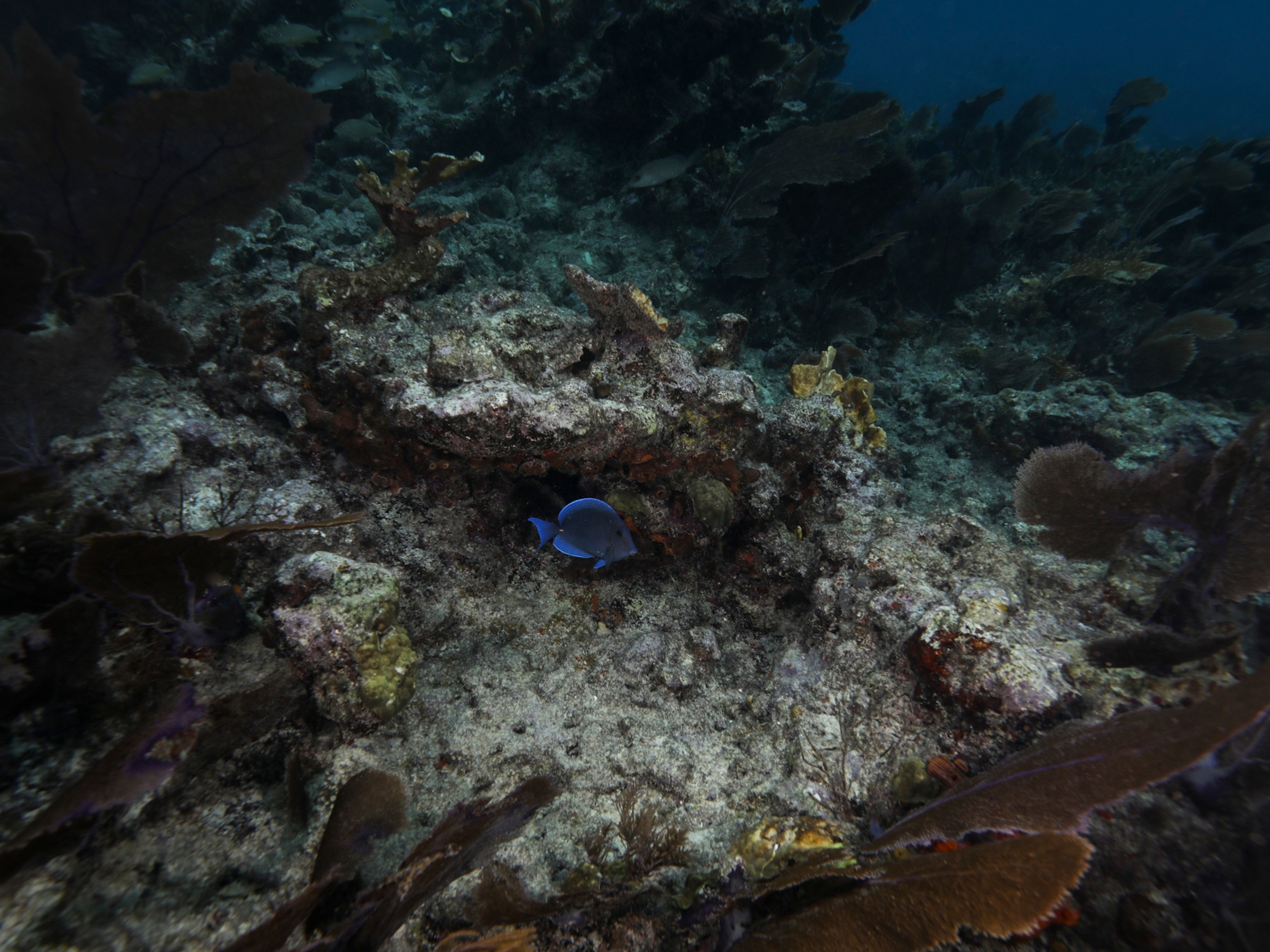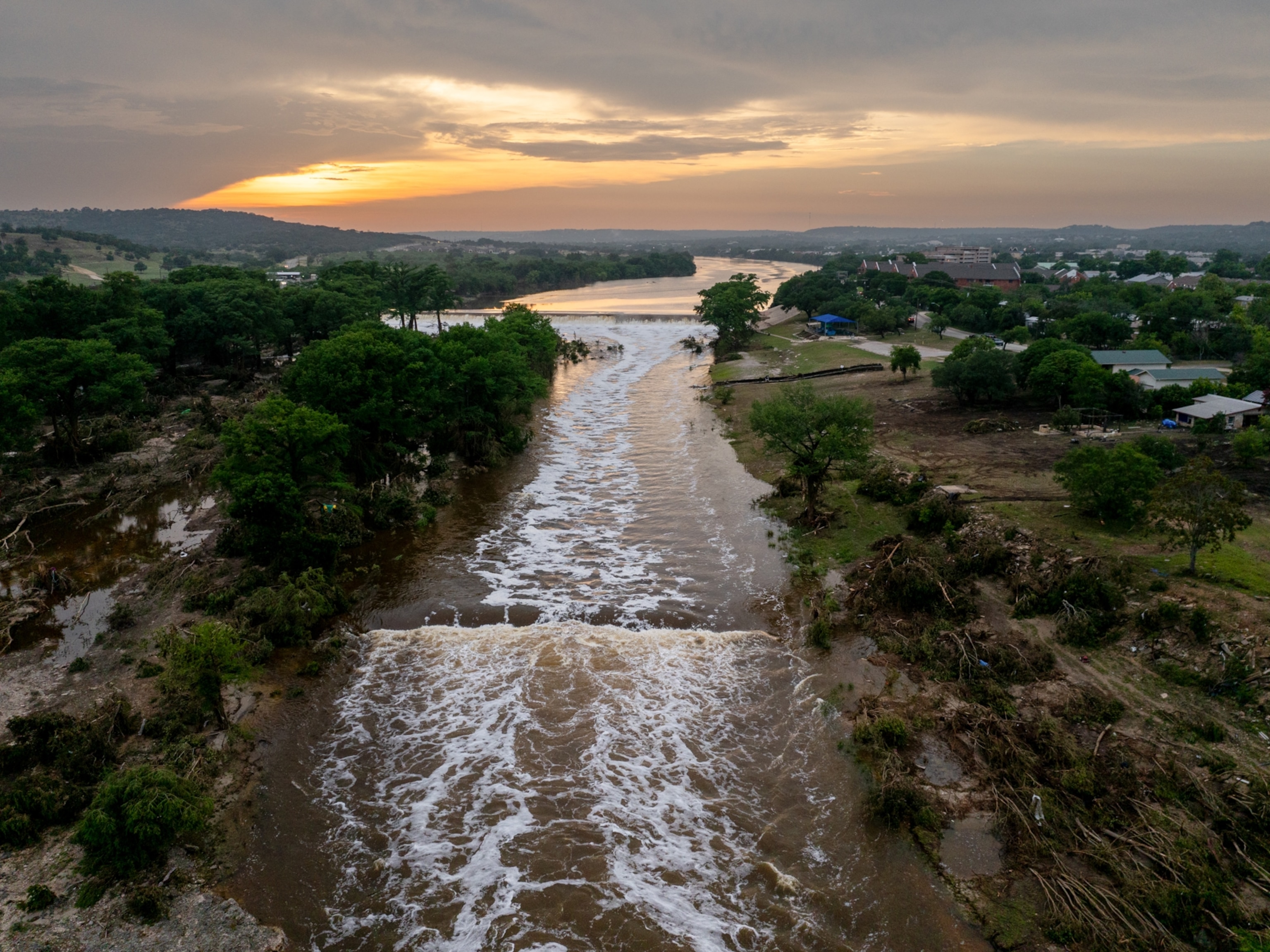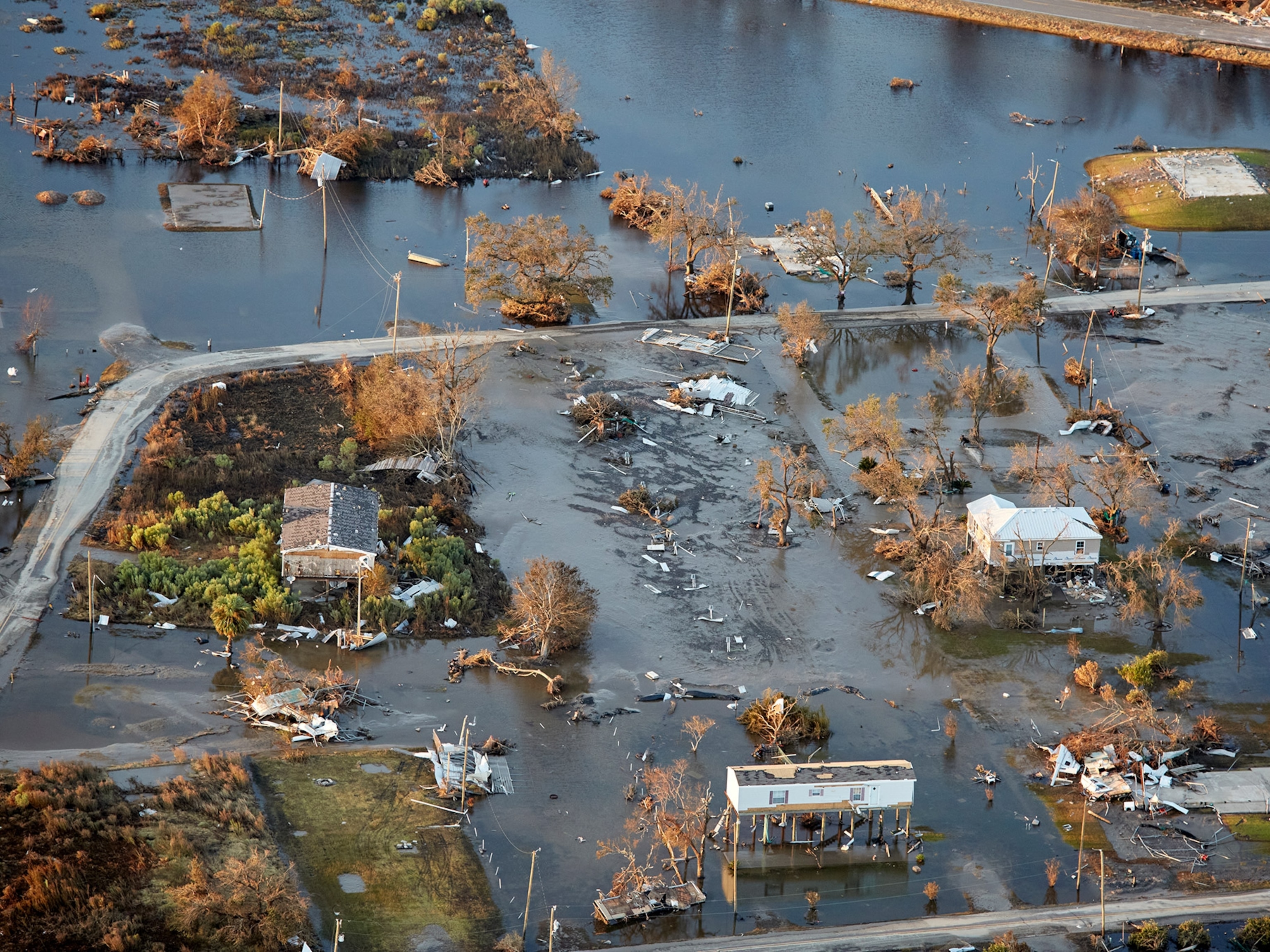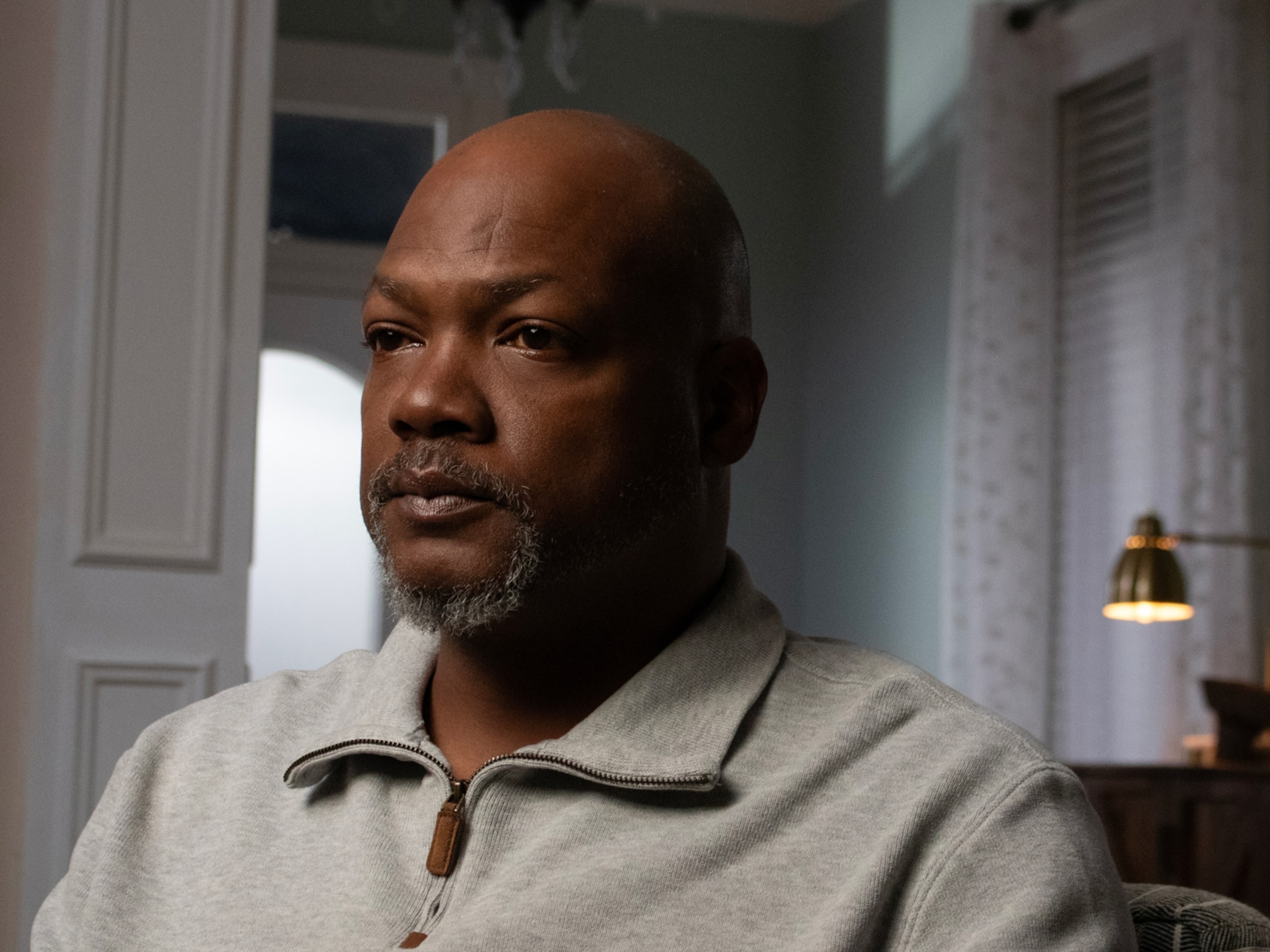Why Hurricane Florence Was Such a Dangerous Storm
Now a tropical storm, Florence is still expected to cause major flooding in the region.
At least seventeen died and nearly one million are still without power after Hurricane Florence hit the Carolinas. The storm hit the coast as a category one hurricane but has since been downgraded to a tropical depression. Some parts of North Carolina have reported as much as 30 inches, which would be a state record if confirmed. Storm surges and hurricane-force winds have caused hazards in the region, but flooding will be the largest cause for concern as the storm disperses and heads north.
Several other large storms have moved through the Atlantic in recent weeks. Last week this week, tropical storm Olivia hit Hawaii, dumping large amounts of rain on the islands, and farther west in the Pacific, Super Typhoon Mangkhut has left more than 100 unaccounted for.

It's no coincidence that the ocean has suddenly begun churning out intense storms all at once. According to NOAA, late August to October is the peak of hurricane season, when conditions are primed to create the perfect storm, though deadly hurricanes can form throughout the whole season (June through November).
Storms that hit the U.S. East Coast tend to be strongest when they originate off the coast of Africa, says NOAA hurricane support meteorologist Joel Cline.
“Any time it comes off Africa, they have two weeks' worth of warm water to build up,” says Cline. Surface temperature, he notes, “gets things going,” but windy conditions have to stay out of a hurricane's way if it's going to build up to a Category 4 or 5.
How Hurricanes Form
The surfaces of typical low-pressure storms tilt toward cold air, but Cline notes that hurricanes are built differently.
“In a hurricane, there's no real cold air. It's built more like a chimney,” he says.
As air flows in through the bottom, it comes out through the top. If wind shear is high, it tilts the hurricane, making it more difficult to funnel warm air through the hurricane and weakening the storm. When wind shear is low, the hurricane stays centered and cycles warm air through more efficiently.
Cline says Hurricane Florence was hit by high shear but was still able to maintain its circulation center.
Along its path, Florence also stayed strong because there were few land masses in its way to slow the storm's progress. That means when Florence finally hits land it could hit with full force.
(Read hurricane safety tips here.)
“Slight weakening can happen, but it cannot be overstated that Florence is still a dangerous storm. If you are told to evacuate, it is crucial that you listen. Plan to be out of affected areas for an extended period of time as Florence will have extensive impacts,” FEMA administrator Brock Long said in a tweet.
Heavy Rain
Once Florence has dispersed over land, it's expected to dump large amounts of rain.
Because Florence is driven by warm air, it is capable of carrying more water—because warm air generally holds more water than cold air. Cline notes that air currents coming off the Appalachian mountain range could force more rain to fall when it mixes with storm conditions.
“Florence has the potential to bring rainfall well beyond the coast,” says Cline, noting that inland, mudslides could be a hazard.
Hurricane season in the Atlantic will last until November 30, and NOAA has predicted that 2018 will show average or slightly above-average activity. While this time of year is often the most active, a number of weather conditions like El Niños and La Niñas can influence storm outcomes.
(Why a quiet hurricane season isn't necessarily a good thing.)
Anywhere from one to four major hurricanes are expected, but so far, Florence is the first.





